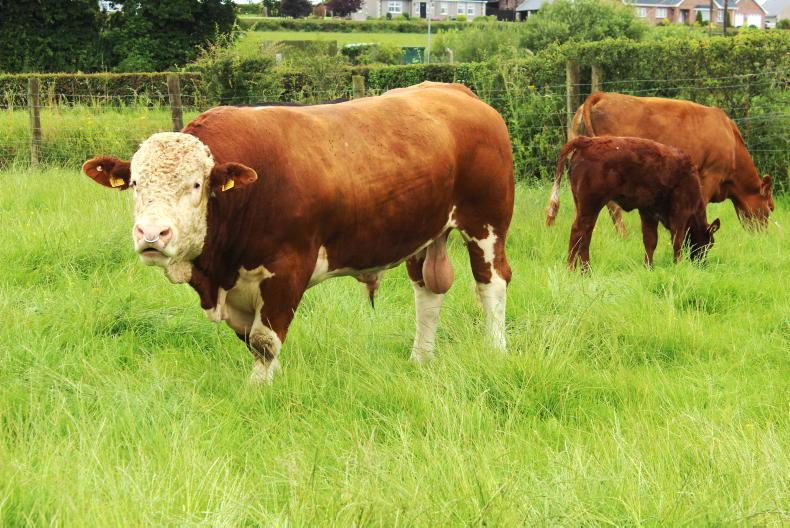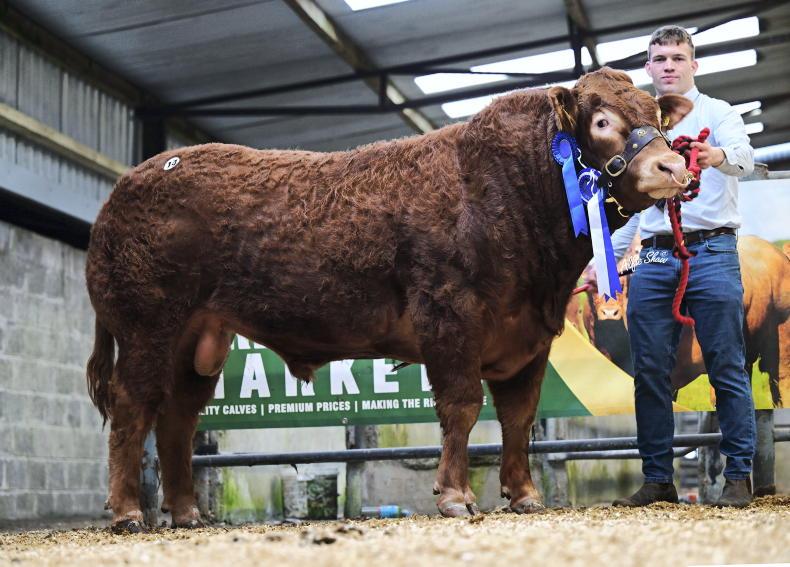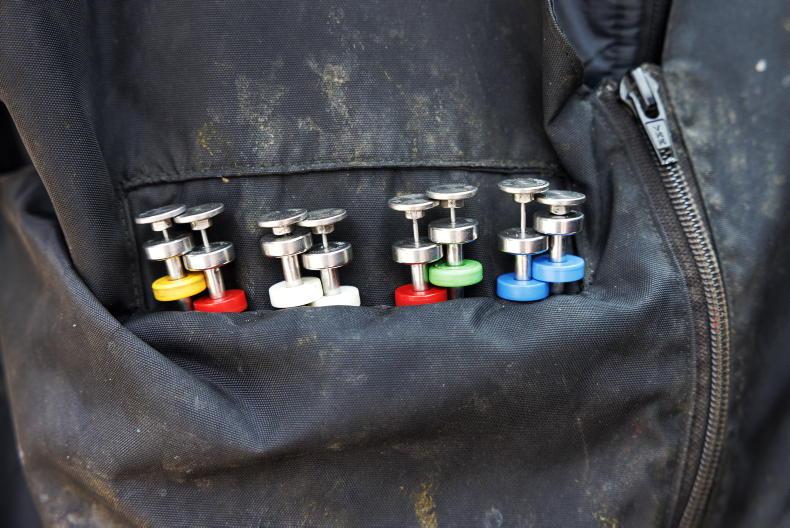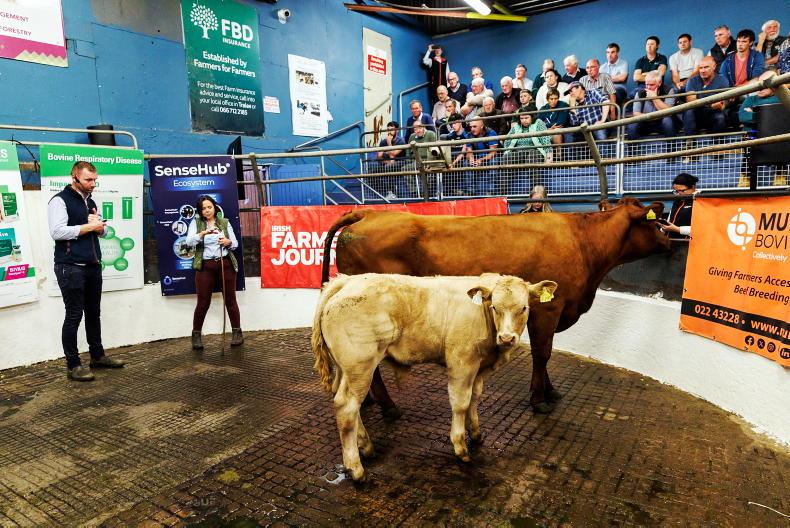On suckler farms where calving starts in February, breeding will be getting under way.
Whether you use natural service or AI to serve cows, it is important to watch for signs of heats and breeding activity.
When it comes to monitoring breeding activity, outlined are some steps herd owners can take.
Heat detection aids
When using AI, heat detection is crucial. While some cows will show strong heats, others will not and can be easily missed.
There are multiple heat aids on the market, from something as simple as tail paint to electronic devices that send alerts to a smartphone.
There is also the option of using a teaser bull to pick up cows in heats.
Tail painting cows
If you are using a stock bull to serve cows, it is still worth considering using low-cost aids such as tail paint to show if cows have been in standing heat.
When dividing cows into different breeding groups, take the time to apply some tail paint, like when animals are collected in handling pens.
Where cows are grazed in paddocks and moved to grass every few days, these animals usually have a quieter temperament.
As such, when cows move to fresh grass, it may be possible to walk through the herd and top-up tail paint using a spray can.
Watching the bull
Keep a close eye to the stock bull during the breeding period, to make sure the animal is following cows and jumping properly.
Watch the bull at least twice daily, spending 15 to 20 minutes observing the animal on each check.
Always keep safety in mind, so don’t get too close to the bull.
Note when cows are served and the date
When you are watching the bull following and mounting cows, take a note of the tag numbers of those cows mated.
Record the service date also.
This can be done on paper and marked in a diary at home, although it is best to do this exercise on a smartphone.
This way, you can set a reminder to watch for these cows coming back in heat around 18 to 21 days after the observed service.
If there is a high number of cows repeating, the bull could be infertile and will need replacing immediately.
Record what cows went to which bull
In suckler herds that have two or more stock bulls of the same breed, take a note of what cows are running with each bull.
This way, if one bull is harder to calve than the others, it is easier to group cows for feeding and closer observation in the run-up to calving next spring.
Read more
Watch: Thrive dairy calf to beef demo farm update
Tullamore Farm: what are the options?
On suckler farms where calving starts in February, breeding will be getting under way.
Whether you use natural service or AI to serve cows, it is important to watch for signs of heats and breeding activity.
When it comes to monitoring breeding activity, outlined are some steps herd owners can take.
Heat detection aids
When using AI, heat detection is crucial. While some cows will show strong heats, others will not and can be easily missed.
There are multiple heat aids on the market, from something as simple as tail paint to electronic devices that send alerts to a smartphone.
There is also the option of using a teaser bull to pick up cows in heats.
Tail painting cows
If you are using a stock bull to serve cows, it is still worth considering using low-cost aids such as tail paint to show if cows have been in standing heat.
When dividing cows into different breeding groups, take the time to apply some tail paint, like when animals are collected in handling pens.
Where cows are grazed in paddocks and moved to grass every few days, these animals usually have a quieter temperament.
As such, when cows move to fresh grass, it may be possible to walk through the herd and top-up tail paint using a spray can.
Watching the bull
Keep a close eye to the stock bull during the breeding period, to make sure the animal is following cows and jumping properly.
Watch the bull at least twice daily, spending 15 to 20 minutes observing the animal on each check.
Always keep safety in mind, so don’t get too close to the bull.
Note when cows are served and the date
When you are watching the bull following and mounting cows, take a note of the tag numbers of those cows mated.
Record the service date also.
This can be done on paper and marked in a diary at home, although it is best to do this exercise on a smartphone.
This way, you can set a reminder to watch for these cows coming back in heat around 18 to 21 days after the observed service.
If there is a high number of cows repeating, the bull could be infertile and will need replacing immediately.
Record what cows went to which bull
In suckler herds that have two or more stock bulls of the same breed, take a note of what cows are running with each bull.
This way, if one bull is harder to calve than the others, it is easier to group cows for feeding and closer observation in the run-up to calving next spring.
Read more
Watch: Thrive dairy calf to beef demo farm update
Tullamore Farm: what are the options?









SHARING OPTIONS